Deprescribing Super Special III: Constance Fung, Emily McDonald, Amy Linsky, and Michelle Odden
GeriPal
JANUARY 23, 2025
I’m an internist, so when I hospitalize patients, 1 in 8 of my patients now takes pregabalin or gabapentin. You’re in the hospital right now, we can write you a taper, just mention to your doctor, mention to the team that you got this brochure and here’s even a suggestion for how to do it. 1 in 8 in the U.S.

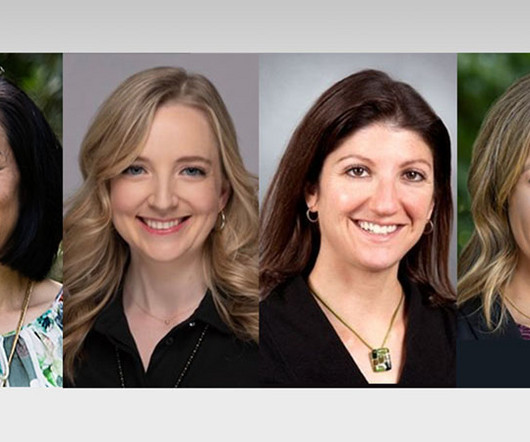
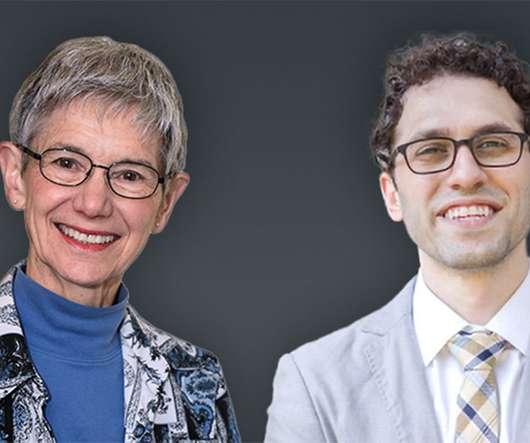
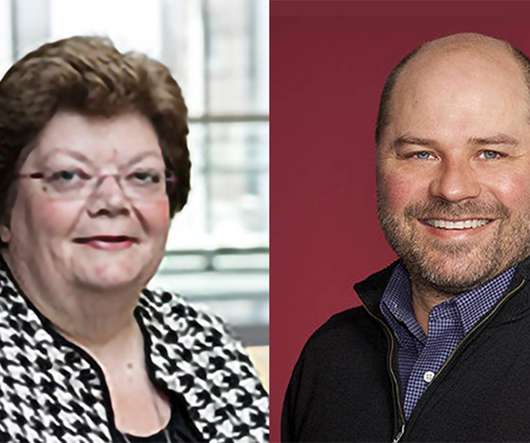
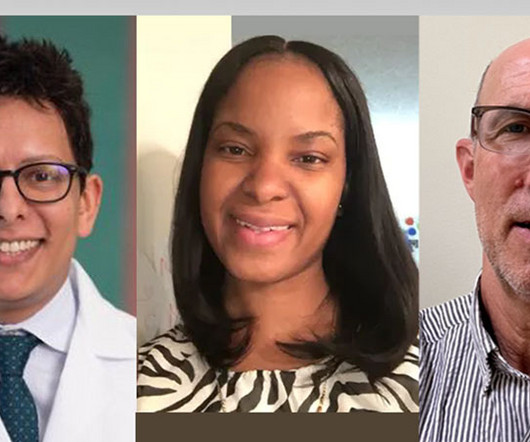
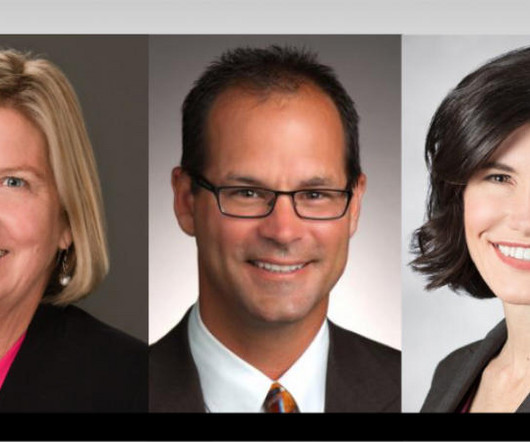






Let's personalize your content